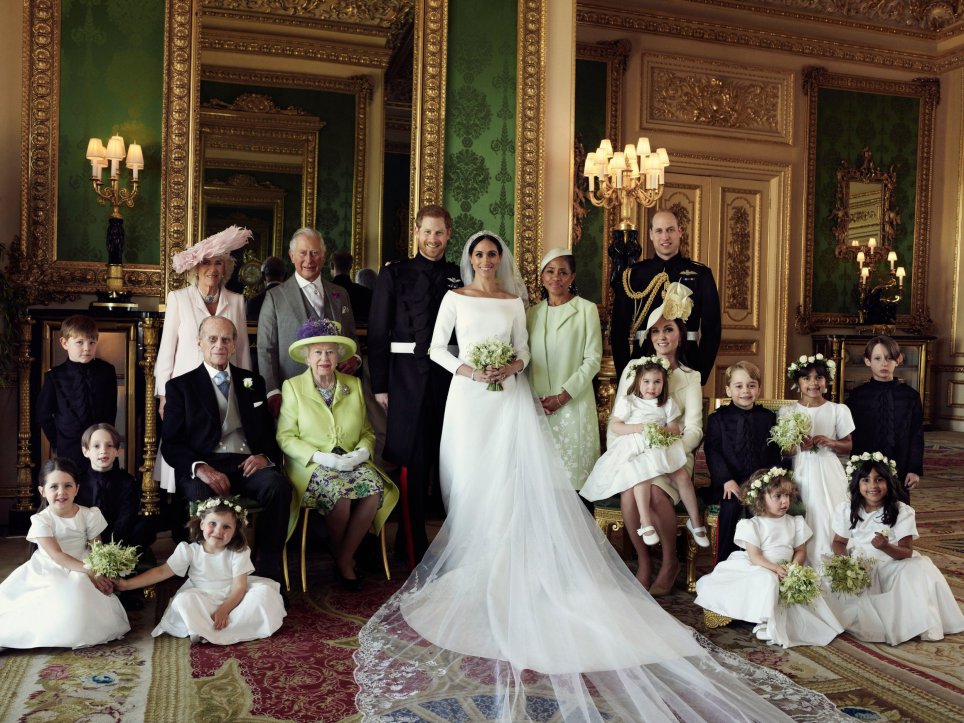Take it from the Royal Wedding - It's time for everyone to embrace diversity and inclusion
A very different diverse and inclusive Royal Wedding.
It’s been another diversity and inclusion emotional roller coaster ride this week.
If one of your priorities is to attract and retain millennial's and Gen Z, the 2018 Deloitte Millennial Survey research is well worth considering as to whether you should accelerate your inclusive culture journey.
It found that workplace culture is more important to millennial's and Gen Z than money when choosing a new employer. It also highlighted this group ‘place a premium’ on factors such as tolerance and inclusivity, respect and different ways of thinking as part of a positive culture together with workplace flexibility. It's great to see our country's young people understanding the importance of such workplace culture factors, and appreciating the difference they make in creating a positive and productive working environment.
Watching the 2018 Royal Wedding, I was inspired by how the ceremony globally showcased the richness of diversity with such an inclusive approach. It celebrated diversity and demonstrated beautifully how to integrate different cultures, religions, music, passion and respect; reflecting the combined heritage and identity of the newly married couple, and resulting in a richer viewer experience than the traditional English wedding service.
Meanwhile disappointingly, and despite the evidence pointing towards female leadership having a positive effect on company performance (with research on 428 companies clearly linking improved performance with the share of women on the board), women are still being blamed for business problems.
Despite many past business failures, we have never seen the commentary about the perils of appointing male executives to senior positions like we saw over the past few weeks with former AMP Chairman Catherine Brenner being blamed as ‘a good example of intentional gender bias getting the wrong result,’ and media attention focused on the 4 women who resigned from the board, instead of chief executive Craig Meller.
It seems to me that attribution bias – a cognitive bias - was playing out here; where people make systematic errors based on their “in group” or “out group” membership when they evaluate or try to find reasons for their own and others' behaviours, including success and failure.
The good news is that in my consultancy work I am noticing a positive mindset shift in more and more senior managers I am interviewing, with an increasing number clearly understanding the business benefit and ROI of focusing on building all aspects of team diversity and inclusion capability.
These leaders are impatient for leadership and culture transformation, and are seeking expert guidance and support on how to deliver consistency of diversity and inclusion practice across their organisations. In the meantime, they are demonstrating leadership agility and vulnerability, and are boldly challenging the existing system to build diverse teams that reflect the diversity of the customers they serve.
They are also taking action to educate their staff to increase their awareness, confidence and skill to work effectively in diverse teams so that different perspectives are valued, considered and applied to solving everyday client and business problems.
I loved the description that one high performing leader heading up a large government customer service team shared with me last week: that “Diversity brings a richness to the work team experience.”
In her view, the key to making diversity & inclusion work is to educate leaders and staff. Her experience reflected mine - when you educate people, diversity doors open. People become more knowledgeable and accepting. They no longer avoid dealing with team mates who are different to them, or yell at customers who are older or don’t speak English, or talk to the guide dog instead of the person with a disability, as just a few examples.
If we don’t educate our people, their old habits mean many will fear difference, or merely tolerate it rather than valuing or embracing it. We have to increase overall leader and staff diversity awareness and confidence to work with diverse teammates and customers, so that everyone can contribute their best work.
In our discussion, one of her staff members with a disability described what a great team it was to work in, with really encouraging team members who are very aware of diversity, and are willing to outstretch a hand to seek input to fix things that operationally aren’t working.
This richness of diversity has the potential to translate into work-teams every day throughout Australia.
Remember, in an inclusive team:
· Team members have an open mind and value difference.
· Everyone is able to have their opinions heard.
· Leaders are entrusted to lead so need an open mind and agility of thinking to manage diversity and inclusion.
If you want to find out more about how to build the diversity confidence of your leaders and team members, please contact me today!
Image via Metro UK, PA.

